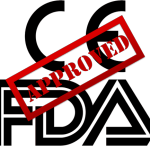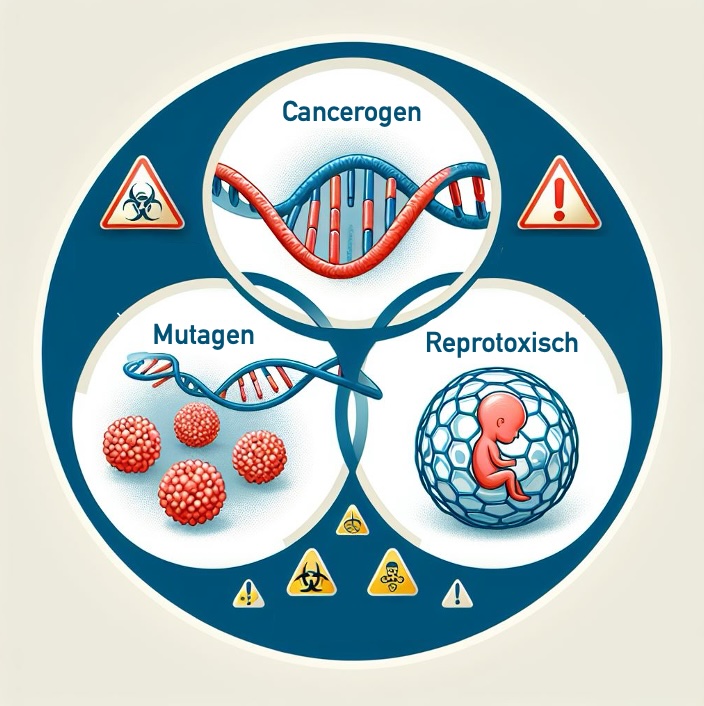The “regulatory affairs” section comprises over 200 tasks that need to be completed during the development and approval of medical devices.
Here, you will find an overview of the most essential content so that you can get your device approved quickly.
Content
On this page, you will find articles on the following topics:
- What regulatory affairs is
- Regulatory requirements
- Authorization and documentation
- Authorities, institutions, and associations
- Further topics of regulatory affairs
1. What regulatory affairs is
Regulatory affairs comprises the processes and activities that ensure that medical devices meet the regulatory requirements of the countries where they are sold. This includes
- obtaining the necessary approvals from the regulatory authorities,
- compliance with applicable regulations and standards, and
- maintaining conformity throughout the entire product life cycle until decommissioning.
The tasks of regulatory affairs also include monitoring changes to regulations and standards and communicating these changes to stakeholders within the company to ensure continuous compliance.
Regulatory affairs thus plays a crucial role in ensuring that medical devices are safe, effective, and comply with legal requirements.
Further information
Refer also to the article on regulatory affairs managers’ tasks, competencies, and earning potential. This includes the task of developing a regulatory strategy.
2. Regulatory requirements
a) Germany
| Laws |
Medical Devices Law (no longer valid)
Medical Devices Implementation Act MPDG |
| National regulations |
Medical Device Operator Ordinance (Medizinprodukte-Betreiberverordnung – MPBetreibV)
Medical Device User Notification and Information Ordinance (Medizinprodukte-Anwendermelde- und Informationsverordnung – MPAMIV) |
b) Europe
c) USA
d) Other markets
3. Approval and documentation
a) Approval
Find more information on international approval
b) Qualification and classification (How should my device be classified?)
c) Technical documentation (What do I need to document for each device?)
d) Quality management (What should your company fulfill?)
Quality management is not usually the responsibility of regulatory affairs. Nevertheless, we have listed some important articles for you.
e) Regulatory Roles
There are several expert articles on regulatory roles:
4. Authorities, institutions, and associations
a) Germany
b) Europe
c) International
| IMDRF: International Medical Device Regulators Forum |
5. Regulatory affairs: Further topics
The tasks of Regulatory Affairs also include finding and eliminating deviations and non-conformities. The (emergency) elimination is called remediation.
Note the advantages and disadvantages of Regulatory Information Management Systems (RIMS) and their role in manufacturers’ digital transformation.
Part of the tasks of regulatory affairs is regulatory intelligence.
Do you need support?
Do you still have questions, for example, about the approval of your devices? Then, take advantage of our free micro-consulting service.
If you would like support in developing and “approving” your medical devices in compliance with the law, contact us right away. The Johner Institute team will be happy to help!
People often talk about the approval of medical devices, even if something else is meant – sometimes a certificate of conformity, sometimes a “clearance,” sometimes a successfully completed conformity assessment procedure. Terms like “MDR approval” are even misleading. This article clarifies what a medical device approval means and when manufacturers need one in the first…
Details
A lot of medical device manufacturers see the international authorization of their device as a potential hazard: the opportunities offered by new markets are offset by hard-to-calculate risks as well as the time and costs required for these authorizations. The five steps presented in this article will help manufacturers to manage these risks better. And this is…
Details
Manufacturers of medical devices, as well as manufacturers in all other life science sectors, such as the pharmaceutical industry, are required to carry out a regular “regulatory update.” Because as strange as it sounds, regulatory requirements oblige manufacturers to continuously monitor and evaluate changes to regulatory requirements and take any necessary measures. Keeping track of…
Details
Medical device and IVD manufacturers must distinguish the concepts of “abnormal use,” “foreseeable misuse,” “errors in normal use,” and “misuse.” This is a prerequisite for understanding and complying with ISO 14971 and IEC 62366 requirements. Even the measures that manufacturers must take depend on the type of use.
Details
The Medical Device Coordination Group (MDCG) has drafted a guidance document that describes how manufacturers should place their class 1 medical devices on the market in order to comply with the MDR. The title of the document is “Guidance Notes for Manufacturers of Class I Medical Devices”. This article provides a summary of the document and gives…
Details
Chemical characterization according to ISO 10993-18 is a central component of the biocompatibility evaluation according to ISO 10993-1 and, thus, a prerequisite for the approval of medical devices. It is used to identify unknown substances in medical devices to carry out a toxicological risk assessment. This article provides an overview of
Details
“Remediation” is often synonymous with maximum stress: Notified bodies or authorities such as the FDA have discovered significant deviations that must be remedied with the highest priority and without regard to the workload of employees or budgets. This article will help you to complete such “remediation projects” in such a way that
Details
The use of CMR substances is strictly regulated. The MDR also regulates CMR substances and places strict requirements on medical device manufacturers. This article helps to fulfill these requirements.
Details
In order to classify their substance-based medical device as such and not as a medicinal product, manufacturers often have to prove that complex ingredients work primarily through physical mechanisms. This article provides assistance.
Details
As part of its “Vision 2030,” Saudi Arabia is planning to expand its healthcare infrastructure. Does this offer medical device manufacturers interesting growth opportunities? And with increased approval requirements, is the effort for approval worth it? Find out in this article how to approval in Saudi Arabia.
Details

